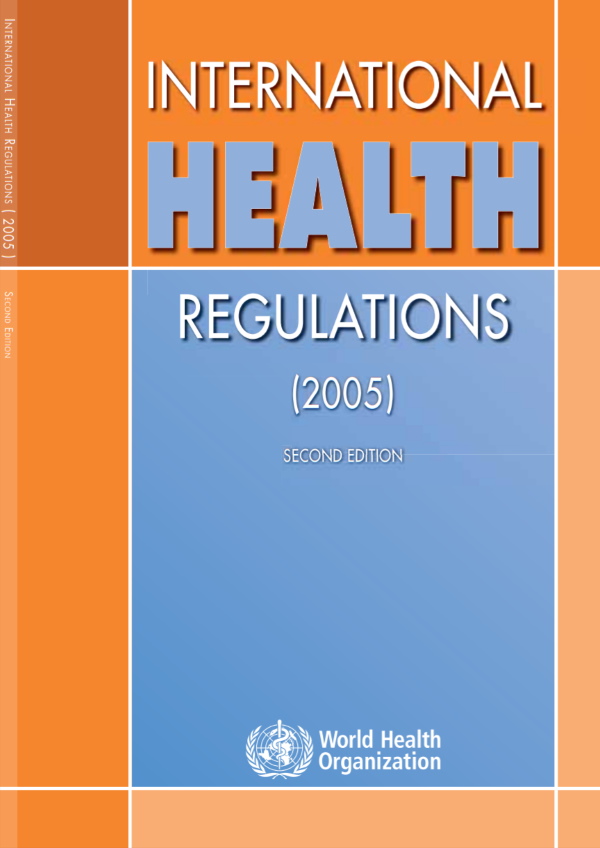A central and historic responsibility for the World Health Organization (WHO) has been the management of the global regime for the control of the international spread of disease. Under Articles 21(a) and 22, the Constitution of WHO confers upon the World Health Assembly the authority to adopt regulations “designed to prevent the international spread of disease” which, after adoption by the Health Assembly, enter into force for all WHO Member States that do not affirmatively opt out of them within a specified time period.
The International Health Regulations (“the IHR” or “Regulations”) were adopted by the Health Assembly in 1969, having been preceded by the International Sanitary Regulations adopted by the Fourth World Health Assembly in 1951. The 1969 Regulations, which initially covered six “quarantinable diseases” were amended in 1973 and 1981, primarily to reduce the number of covered diseases from six to three (yellow fever, plague and cholera) and to mark the global eradication of smallpox.
In consideration of the growth in international travel and trade, and the emergence or re-emergence of international disease threats and other public health risks, the Forty-eighth World Health Assembly in 1995 called for a substantial revision of the Regulations adopted in 1969. In resolution WHA48.7, the Health Assembly requested the Director-General to take steps to prepare their revision, urging broad participation and cooperation in the process.
